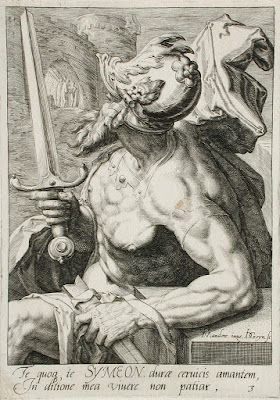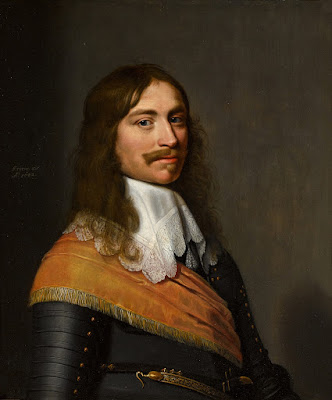 |
| Jacques de Gheyn II after Karel van Mander The Twelve Sons of Jacob Reuben ca. 1590 engraving Los Angeles County Museum of Art |
 |
| Jacques de Gheyn II after Karel van Mander The Twelve Sons of Jacob Levi ca. 1590 engraving Los Angeles County Museum of Art |
 |
| Jacques de Gheyn II after Karel van Mander The Twelve Sons of Jacob Simeon ca. 1590 engraving Los Angeles County Museum of Art |
 |
| Jacques de Gheyn II after Karel van Mander The Twelve Sons of Jacob Judah ca. 1590 engraving Los Angeles County Museum of Art |
 |
| Jacques de Gheyn II after Karel van Mander The Twelve Sons of Jacob Zebulon ca. 1590 engraving Los Angeles County Museum of Art |
 |
| Jacques de Gheyn II after Karel van Mander The Twelve Sons of Jacob Issachar ca. 1590 engraving Los Angeles County Museum of Art |
 |
| Jacques de Gheyn II after Karel van Mander The Twelve Sons of Jacob Dan ca. 1590 engraving Los Angeles County Museum of Art |
 |
| Jacques de Gheyn II after Karel van Mander The Twelve Sons of Jacob Gad ca. 1590 engraving Los Angeles County Museum of Art |
 |
| Jacques de Gheyn II after Karel van Mander The Twelve Sons of Jacob Asher ca. 1590 engraving Los Angeles County Museum of Art |
 |
| Jacques de Gheyn II after Karel van Mander The Twelve Sons of Jacob Napthali ca. 1590 engraving Los Angeles County Museum of Art |
 |
| Jacques de Gheyn II after Karel van Mander The Twelve Sons of Jacob Joseph ca. 1590 engraving Los Angeles County Museum of Art |
 |
| Jacques de Gheyn II after Karel van Mander The Twelve Sons of Jacob Benjamin ca. 1590 engraving Los Angeles County Museum of Art |
The twelve sons of Jacob were born of four different mothers – two of them wives and two of them concubines. Each son, according to the Old Testament, founded one of the twelve tribes of Israel. De Gheyn and Van Mander supply traditional attributes or creatures to identify the sons (and the tribes), much as the four Evangelists of the New Testament had come to be presented visually with companion-animals.
 |
| workshop of Jacques de Gheyn II after Pisanello Four Portraits after Italian Renaissance Medals Cosimo I de' Medici ca. 1595 engraving Rijksmuseum, Amsterdam |
 |
| workshop of Jacques de Gheyn II after Pisanello Four Portraits after Italian Renaissance Medals Francesco Sforza ca. 1595 engraving Rijksmuseum, Amsterdam |
 |
| workshop of Jacques de Gheyn II after Pisanello Four Portraits after Italian Renaissance Medals John VIII Paleologos ca. 1595 engraving Rijksmuseum, Amsterdam |
 |
| workshop of Jacques de Gheyn II after Pisanello Four Portraits after Italian Renaissance Medals Sigismondo Malatesta ca. 1595 engraving Royal Collection, Great Britain |












































